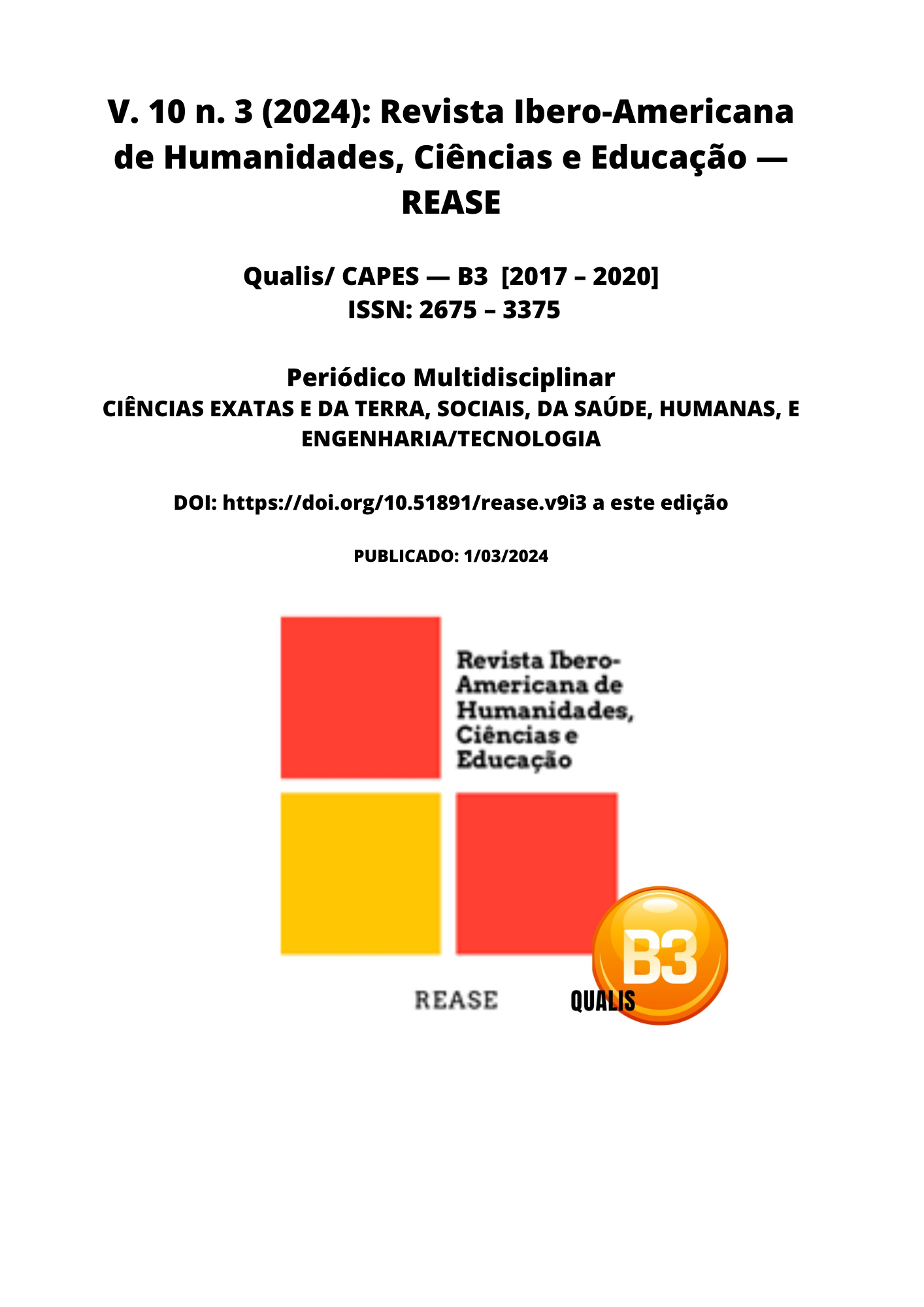WILMS TUMOR: CLINICAL MANIFESTATIONS AND SURGICAL TREATMENT
DOI:
https://doi.org/10.51891/rease.v10i3.13132Keywords:
Renal Neoplasms. Child. Early Diagnosis. Surgical Treatment and Survival.Abstract
Wilms Tumor, a predominantly pediatric renal neoplasm, presents a unique complexity in its clinical manifestations and surgical treatment. The need for a comprehensive understanding of these aspects is imperative, given their prevalence in childhood and their significant influence on the survival and quality of life of affected patients. Objective: This work aimed to carry out a systematic review to thoroughly examine recent studies on Wilms Tumor, focusing on clinical manifestations and surgical treatment. The goal was to identify patterns, gaps in knowledge, and advances in this dynamic field of pediatric oncology. Methodology: The methodology adopted the PRISMA guidelines, conducting searches in the PubMed, Scielo and Web of Science databases, focusing on articles published in the last 10 years. The five descriptors - Kidney Neoplasms, Children, Early Diagnosis, Surgical Treatment and Survival - directed the research towards a comprehensive approach. The inclusion criteria covered original studies that detailed clinical manifestations and specific surgical interventions for Wilms Tumor. On the other hand, the exclusion criteria were applied to studies with heterogeneous samples and a lack of methodological rigor. Results: Analysis of the results highlighted the diversity in clinical manifestations, highlighting symptoms such as abdominal pain, hematuria and the presence of palpable masses. Important was the positive correlation between early diagnosis and better surgical outcomes. Complete resection of the tumor has emerged as a determining factor for greater survival, consolidating the crucial role of surgical treatment in the effective management of Wilms Tumor. Conclusion: In summary, the systematic review highlights the importance of an integrated approach to the clinical manifestations and surgical treatment of Wilms Tumor. Early identification and an effective surgical approach emerge as fundamental pillars, offering valuable guidance to improve clinical practice and outlining promising paths for future investigations in the pediatric oncology area.
Downloads
Downloads
Published
How to Cite
Issue
Section
Categories
License
Atribuição CC BY

